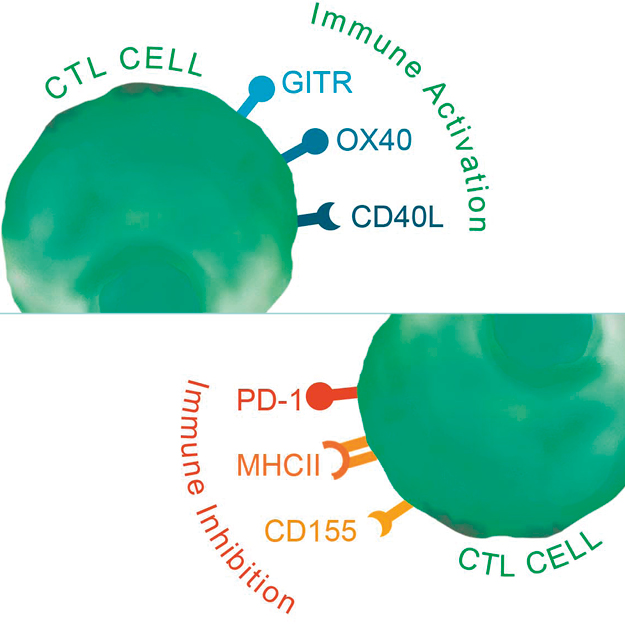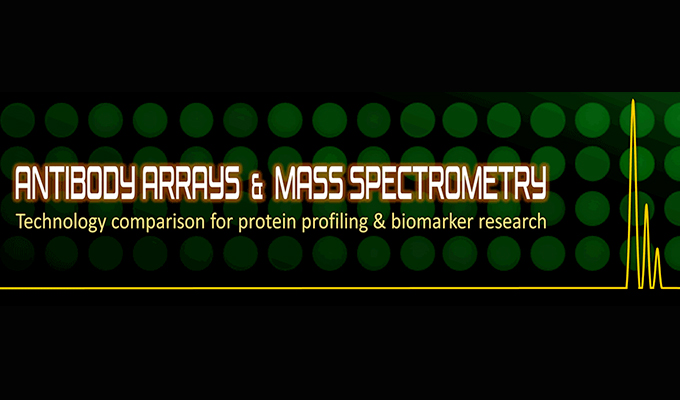Traditionally, Fetal Bovine Serum (FBS) has been used as an additive to cell culture media for the in vitro growth of pluripotent stem cells. FBS is an inherently variable component of the cell culture system, so consistent performance demands extensive screening of manufactured lots. To circumvent this problem, companies began offering “stem cell qualified” serum. One issue with this solution is that the qualification is not always performed on a stem cell line relevant to the researcher’s own cell lines. Years later, researchers began using Life Technologies Knockout® Serum Replacement (KOSR) to grow and maintain undifferentiated human embryonic stem (ES) cells in culture. While KOSR has shown to be more stable than FBS and performs better in maintaining undifferentiated ES and induced pluripotent stem (iPS) cells, it is expensive and many researchers are today looking for a more cost effective media solution for their pluripotent stem cell culture. To address this need in the scientific community, GlobalStem now offers a more economical solution with their new PluriQ™ Serum Replacement.
PluriQ™ Serum Replacement (QSR) is a defined, cost-effective serum replacement formatted to maximally support undifferentiated human pluripotent stem cell growth in feeder-based cell culture systems. Extensive validation data from human embryonic stem cells cultured for 20 passages in QSR, shows that it supports healthy growth and proliferation of cells while also maintaining them in their undifferentiated and karyotypically normal state.

PluriQ™ Serum Replacement (QSR) supports stem cell growth, maintains pluripotency


PluriQ™ Serum Replacement (QSR) maintains normal karyotype after 20 passages
Human ES Cells grown in 20% GlobalStem QSR on a MEF feeder layer for 20 passages were assayed periodically for the level of the undifferentiated state by testing samples with GlobalStem PluriPCR™ Kit.
The graph on the left shows cells tested at P0, P10, P16 and P20. You can see that even if there was a slight initial decrease in the expression of the markers, the cells recovered while still in culture. The plot on the right shows that after 20 passages in QSR, the cells retain their ability to form Embryoid Bodies (EB) and undergo spontaneous differentiation. EB formation and differentiation was performed in 20% QSR.
There is a marked decrease in expression of the undifferentiated markers from T0 (P20) to T1 (1 week) to T2 (2 week) of EB formation. Samples were always run together with a positive control – RNA extracted from the human teratocarcinoma cell line 2102Ep (CAL RNA, GSC-2001) – and a negative control – RNA extracted from human fibroblasts (FIB RNA, GSC-3002).


What about your pluripotent cell cultures?
Are you interested in evaluating the performance of PluriQSR vs. your current media?
Leave your questions and comments below!




